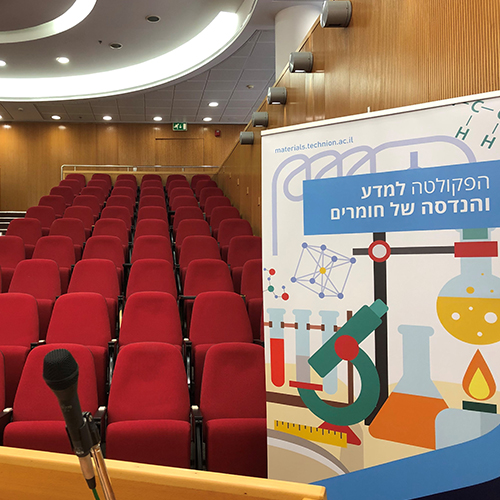
Mrs. Rotem Zilberberg - Ph.D. Candidate
30/01/2025
אודיטוריום ע"ש דויד וואנג, בניין מידן, קומה 3
14:30
The fabrication of patterned surfaces is integral to various device manufacturing processes, where precise manipulation of surface properties at the nanoscale is essential. In this work, we introduce a new approach for self-driven patterning of metal and semiconductor surfaces through the solidification of eutectic thin films on single-crystal substrates. We demonstrate the formation of meticulously aligned rectangular Au-Si eutectic microstructures and Si islands following the thermal annealing of Au-Si films on Si(001) substrates. This exceptional alignment results from the oriented growth Si(001), Au(001) and Au(011) within the annealed films confirmed by synchrotron radiation grazing-incidence wide-angle Xray scattering. A 4:3 coincident site lattice (CSL) model elucidates the Au-Si interface, explaining the dominant (001)[110]Au||(001)[110]Si orientation relationship, which minimizes the Au/Si lattice mismatch.
Further, we explore the incorporation of Au in Si lamellae when using eutectic solidification for complex microstructure formation. This study reveals a homogeneous distribution of Au nanoparticles (NPs) within the bulk Si lamellae and additional bands of larger NPs along {111} Σ3 CSL twin boundaries. Our theoretical model explains the formation of Au NPs at the solidification front where Au clusters formed in the near-surface liquid layer act as sinks for Au atoms. The slow diffusion of Au in defect-free solid Si and the faster coarsening along twin boundaries due to lower activation energy for diffusion are discussed as the causes for the two NP populations.


